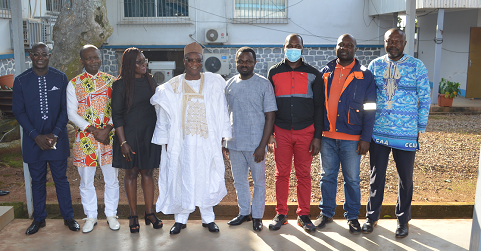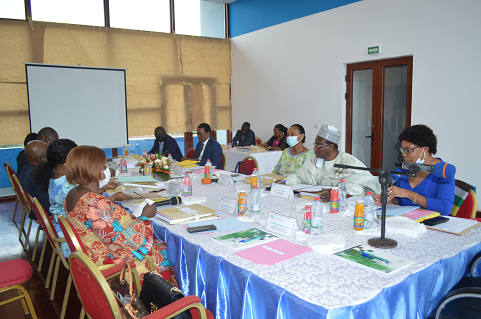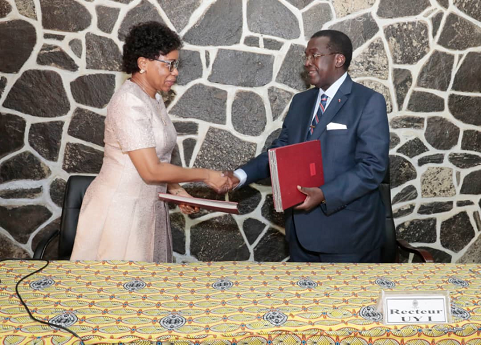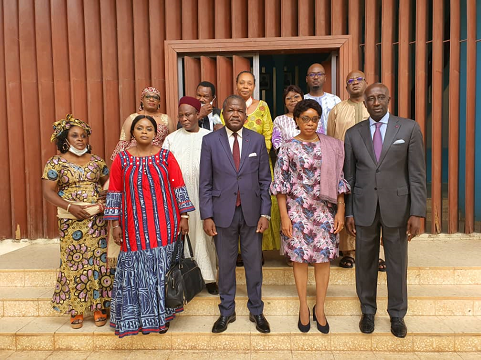Aircraft Manufacturing
This is an activity whose aim is to develop and manufacture aircraft, (planes, helicopters, drones etc. ...).
It began a long time ago, even before the Wright brothers, who made the first official flight by plane on 13 December 1903 in Kitty Hawk, North Carolina, built their machine called the Flyer.
Until recently, aircraft manufacturing was a highly military-dominated industry, due to the importance of airspace control in the event of conflict during the era of wars and the arms race. However, civil aviation gained more and more importance because it gave room for a very significant development in the domain of transport and participated in bringing people together, whatever their position on the terrestrial globe. Civil aviation accounts for about 65% of the world aerospace market, compared with 35% for the military, which is about US $ 300 billion.
On a smaller scale, there is the amateur aircraft manufacturing in the case where the aircraft is built by one or more persons who are not of the field. Aircraft Manufacturing is also a sector where technology is predominant and therefore promoter of research in diverse fields. This domain requires infrastructure such as airport and logistics platforms, population flow and safety control systems and many other services to better advance. Although aircraft manufacturing is not well developed in sub-Saharan Africa, civil aviation activities are nevertheless present in matters of legislation, control and standardization of existing infrastructures, maintenance and testing of aircraft. This sector therefore offers good gratifying job opportunities to young Africans interested or passionate about aviation, in the various fields mentioned above.
Aircraft Manufacturing has the particularity of involving several fields of knowledge such as aerodynamics (the study of the flow of fluids inside or outside a body), the mechanics of structures (the " Study of the geometry and resistance of materials), the mechanics of flight (the study of the behavior and trajectory of flying objects), propulsion or energy (the study of the means of propulsion of a vehicle). Added to aircraft manufacturing, were other professions borne with the arrival of computer technology, in particular the embedded computing, electronics, automatic process control etc.
Presented in this way, these professions have a rather academic aspect, but they reflect the knowledge required to qualify for a career in aircraft manufacturing, which are mainly:
- Mechanical Maintenance Technician
- On-board Equipment Maintenance Technician
- Mechanical Engineer, hydraulics
- Avionics Engineer
Training
Most technicians working in the domain of aviation are trained two or three years after having obtained A/Level, science series or Technical, or after a few years of higher education (UDT or HND). Access to this training is usually through competitive entrance examinations.
These technicians work very often in teams comprising engineers and/or run by them.
Engineers working in aircraft manufacturing are mainly from the mechanics, aerodynamics or hydraulics, cold and air conditioning, electrical engineering, computer science engineering schools such as the Ecole polytechnique.
Since the level of safety in aviation is very high, the selection and training of people working in aircraft manufacturing is very rigorous. It is therefore necessary to have a good academic level to work in the field of aircraft manufacturing, where the employment opportunities are very varied. We have diverse professions after being trained in the domain of aircraft manufacturing, namely:
- Technician or engineer in technical maintenance or repair centers;
- Control of equipment used at airports, including marking, radio navigation and meteorological equipment, radars;
- Jobs related to the runway maintenance by civil engineers.
Constraints, Advantages
Aircraft Manufacturing is generally very rewarding for those who practice it, since it requires an excellent level of technicality and know-how on one hand, and remains poorly accessible on the other hand, because of the selection difficult training. However, like all professions, the aviation industry isn’t void of risks, constraints and advantages. Being part of a group of people involved in aircraft manufacturing has several advantages, including:
- The satisfaction of helping people displace themselves by participating in the smooth operation of aircraft;
- The daily use of knowledge acquired during training or schooling in everyday work;
- The often acceptable remuneration of employees in this sector can be described as critical;
- The possibility of traveling to various countries for further studies or intervene in the case problems.
However, there are some constraints to this profession, amongst which are:
- Frequently unpredictable work schedules, resulting from unpredictable aircraft breakdowns;
- Entails a great deal of physical stress due to almost perfect results;
- The danger of working in a potentially dangerous environment where there are machines or products that can be harmful to health (aircraft reactor, hydraulic lubricants, kerosene, high noise).











